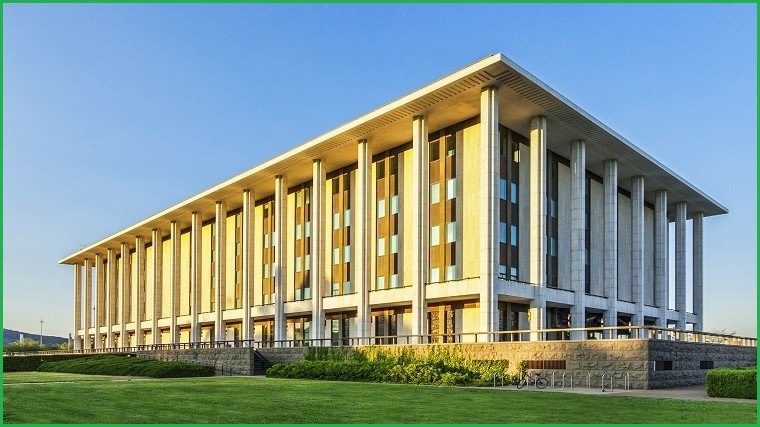At a time when most people are staying away from public institutions such as museums, dramatically improved access to Australia’s online national archives seems like a no-brainer – but the relaunch of the National Library of Australia (NLA) Trove archive was a long time coming.
Trove debuted in 2008 to provide online access to historical information ranging from photographs and scanned documents to historical family records, 231m magazine articles, and newspapers dating back to 1803.
Its more than 6.5 billion records – accumulated through partnerships with nearly 1,000 libraries, museums, galleries, media, government and community organisations – also include an extensive index of Australian Web sites, which have been archived in a smaller, localised version of the Internet Archive’s Wayback Machine.
The fact that index is easily keyword searchable – in a way the Wayback Machine is not – remains a point of pride in an effort that, NLA assistant director general Alison Dellit told Information Age, “was a key thing” as 90 per cent of the site’s use relates to digitised or born-digital content.
“As far as we are aware of, there is nobody else providing a keyword search to so much archived content,” she said. “But our real priority was to free ourselves from some of the current technical constraints, which will enable us to look at what services are needed for end users.”
The flow of users – around 68,000 of them per day – plummeted in the early days of the pandemic, but “really skyrocketed” in April in a change that Dellit believes reflects people’s desire to reconnect with their histories while stuck in COVID-19 lockdown.
“Trove is an activity that requires concentration and a lot of us were initially struggling,” she said. “But people want to find their own stories.”
Consolidating digital history
Nearly 50 technical, project management, and subject-matter experts worked on the revamp over four years thanks to a $16.4m injection from the Australian Public Service Modernisation Fund.
The relaunched version has a new look and feel, but its most significant changes come from an architectural overhaul that changed Trove from a highly integrated single app into a modern, API-driven architecture built around a Drupal content management system.
The previous structure required a recompilation and full upgrade even to change a single word, but the new architecture facilitates content indexing, searching and integration with other services and data sources.
A host of new features improve searching across multiple collections, with APIs enabling new features such as automatic recognition of place names in archived content.
“We can now link articles to geographical areas and gazetted place names,” Dellit explained, “which means we can offer map-based searches of specific content” that are proving useful to community groups and people tracing their family histories.
Similarly, a new built-in bibliographic search has allowed the engine to identify the names of individuals, and cross-link all articles relating to those people no matter what database they appear in.
“It means we are able to do a whole lot of things around aggregating articles and content together and pointing people to Trove content that might be useful,” Dellit explains.
The new features not only improve searching across Trove’s many databases, but have enabled new perspectives such as an emphasis on Aboriginal and Torres Strait Islander related historical information and an “Indigenous-managed” area of the site.
This has made it a key tool for genealogists and researchers keen to look into Australia’s history from a range of angles – and the support of so many Australian cultural institutions ensures a wealth of localised information can be brought together in meaningful ways.
Free access to such information “is deeply embedded in our profession” and has been a key goal of the NLA project since its inception.
It will remain that way as the development team continues Trove’s overhaul with a look at its back end thanks to another $8m in funding that will support its work over the next 2 years – ensuring continuing access to rich content for a new breed of COVID-isolated armchair historians who have been locked out of conventional museums.
“A lot of countries don’t provide free access to their cultural information,” Dellit sad, “but we have always been clear that it’s intrinsic to the platform that everybody has access to it.”
“That experience of understanding more about who you are, and where you come from, is something we want a larger section of Australia to experience.”










